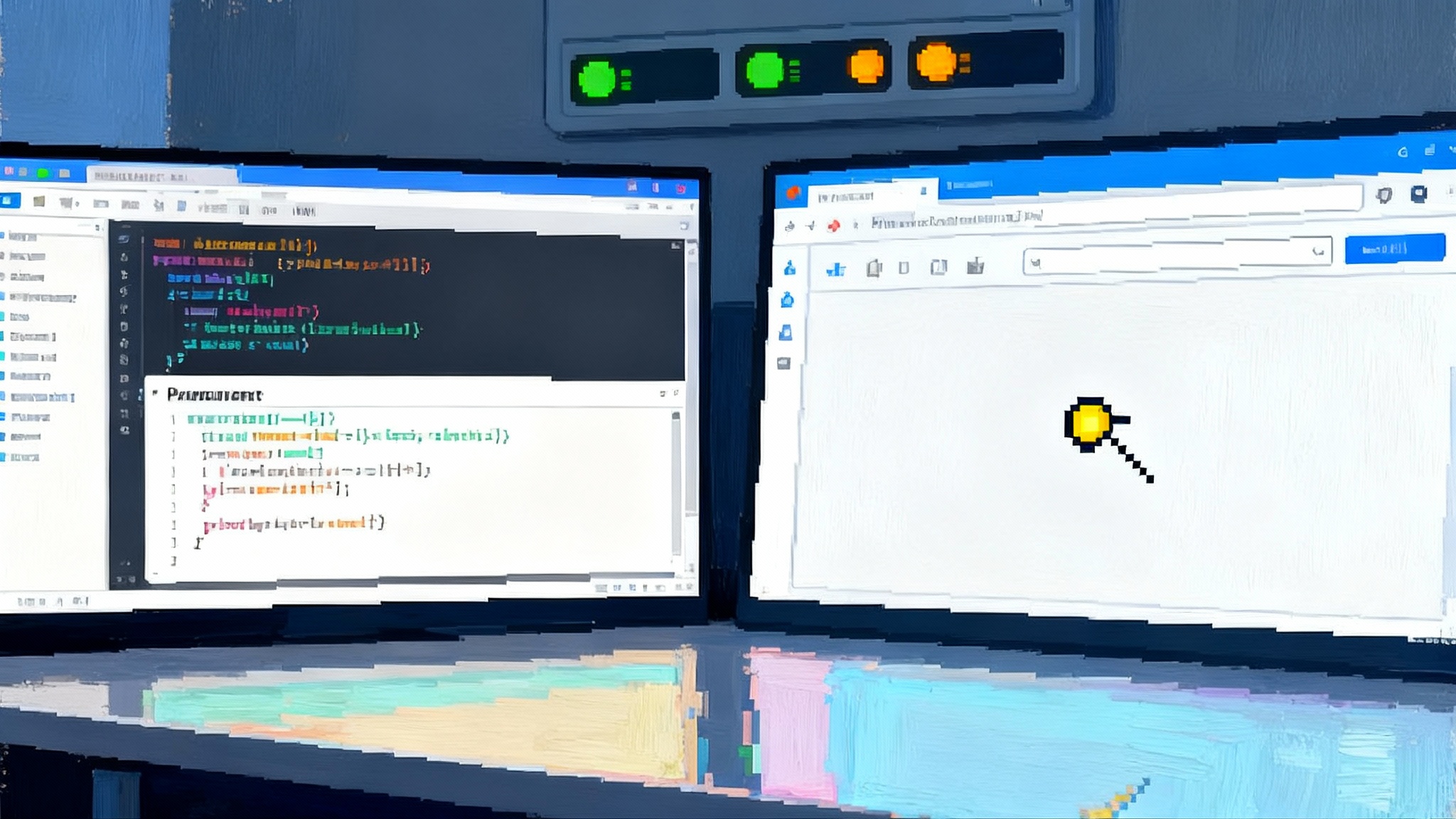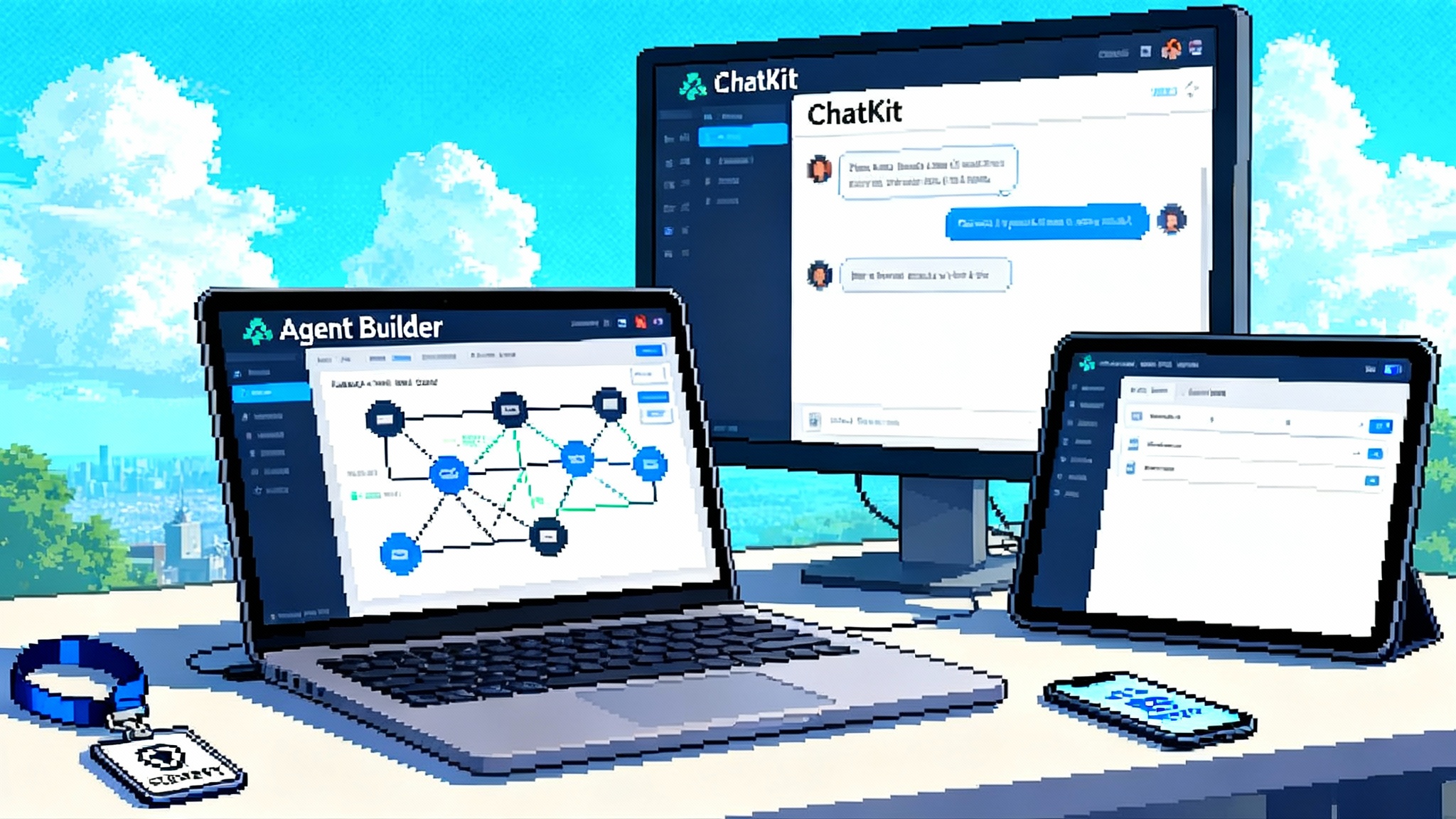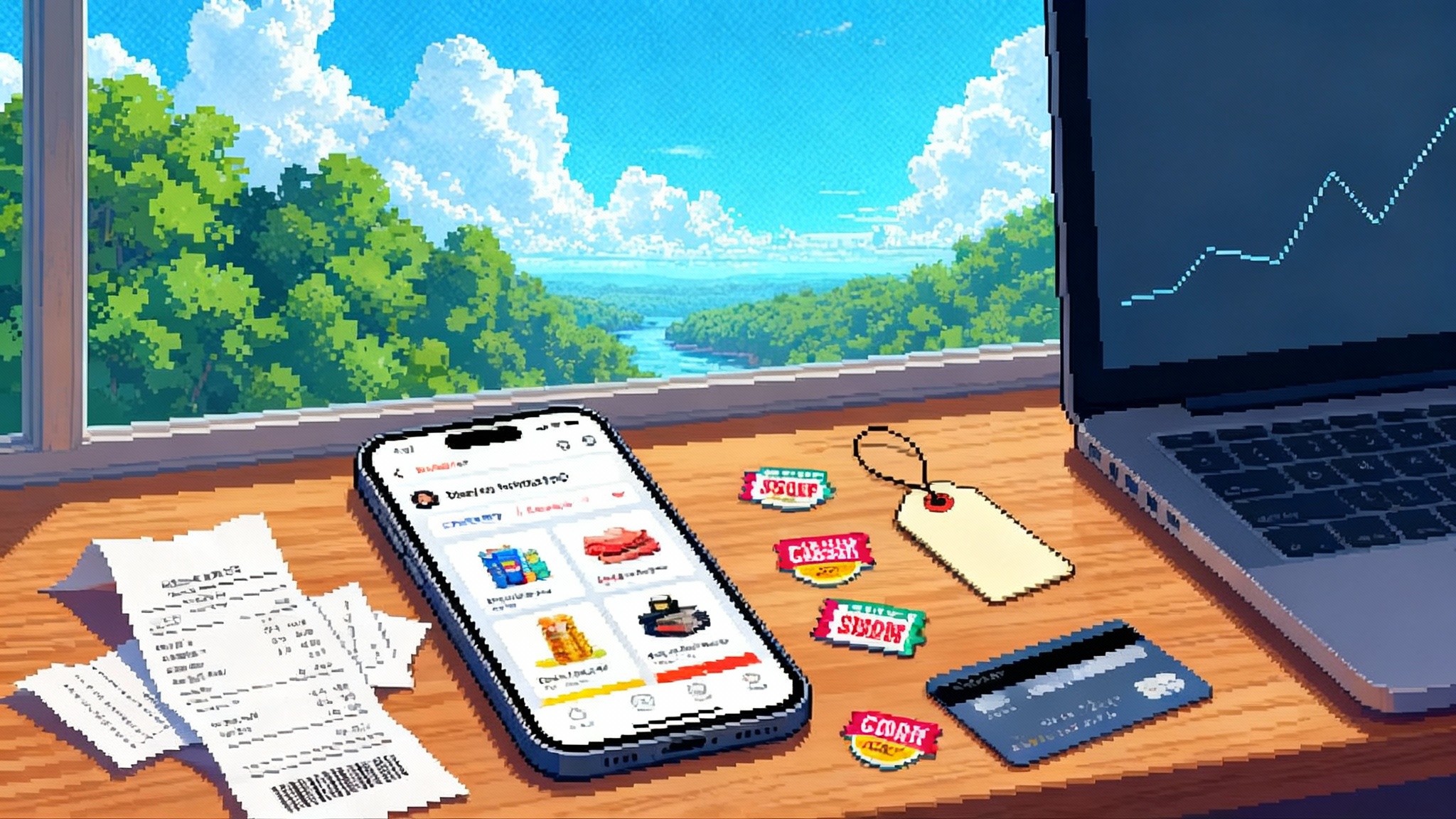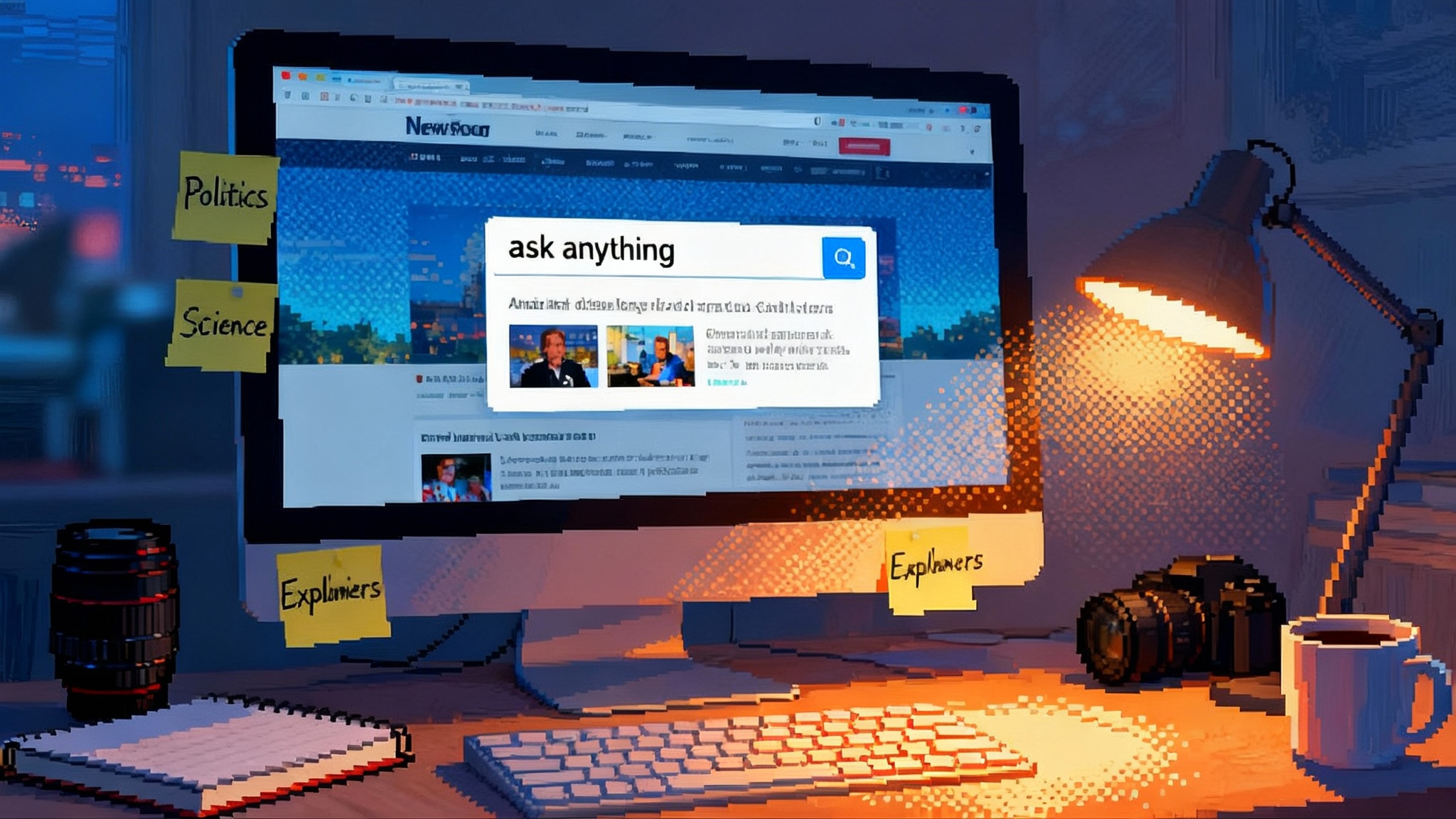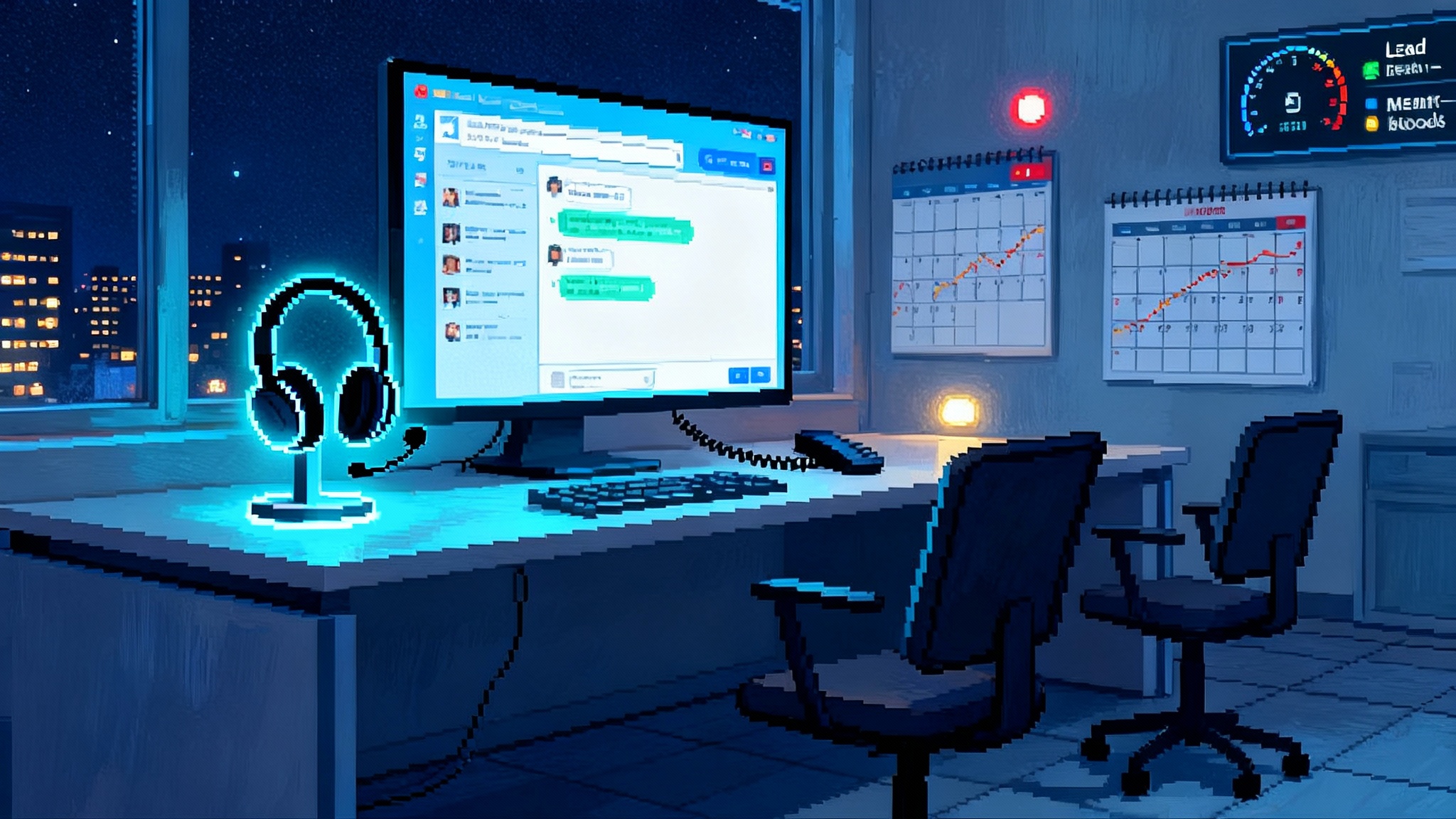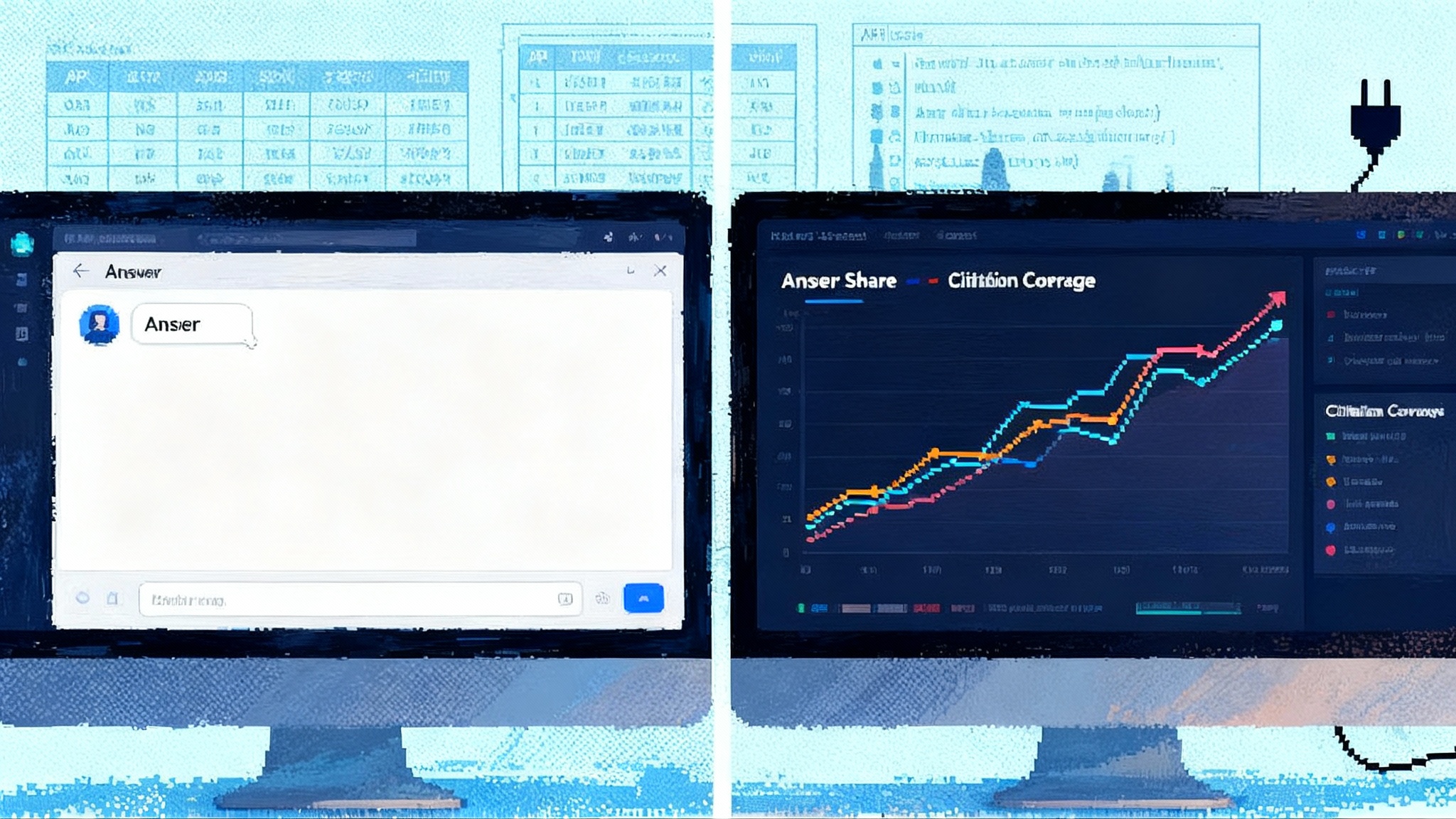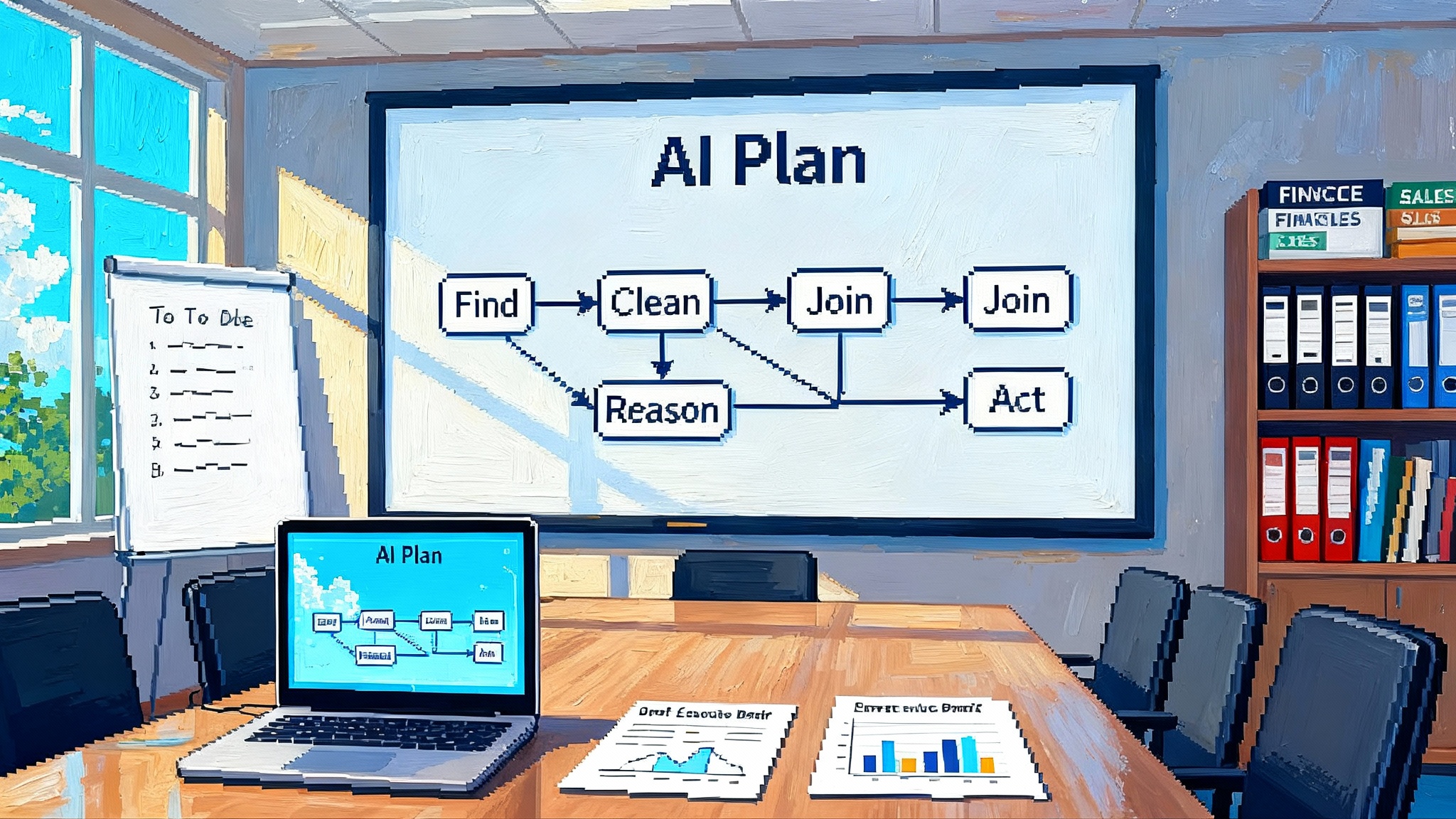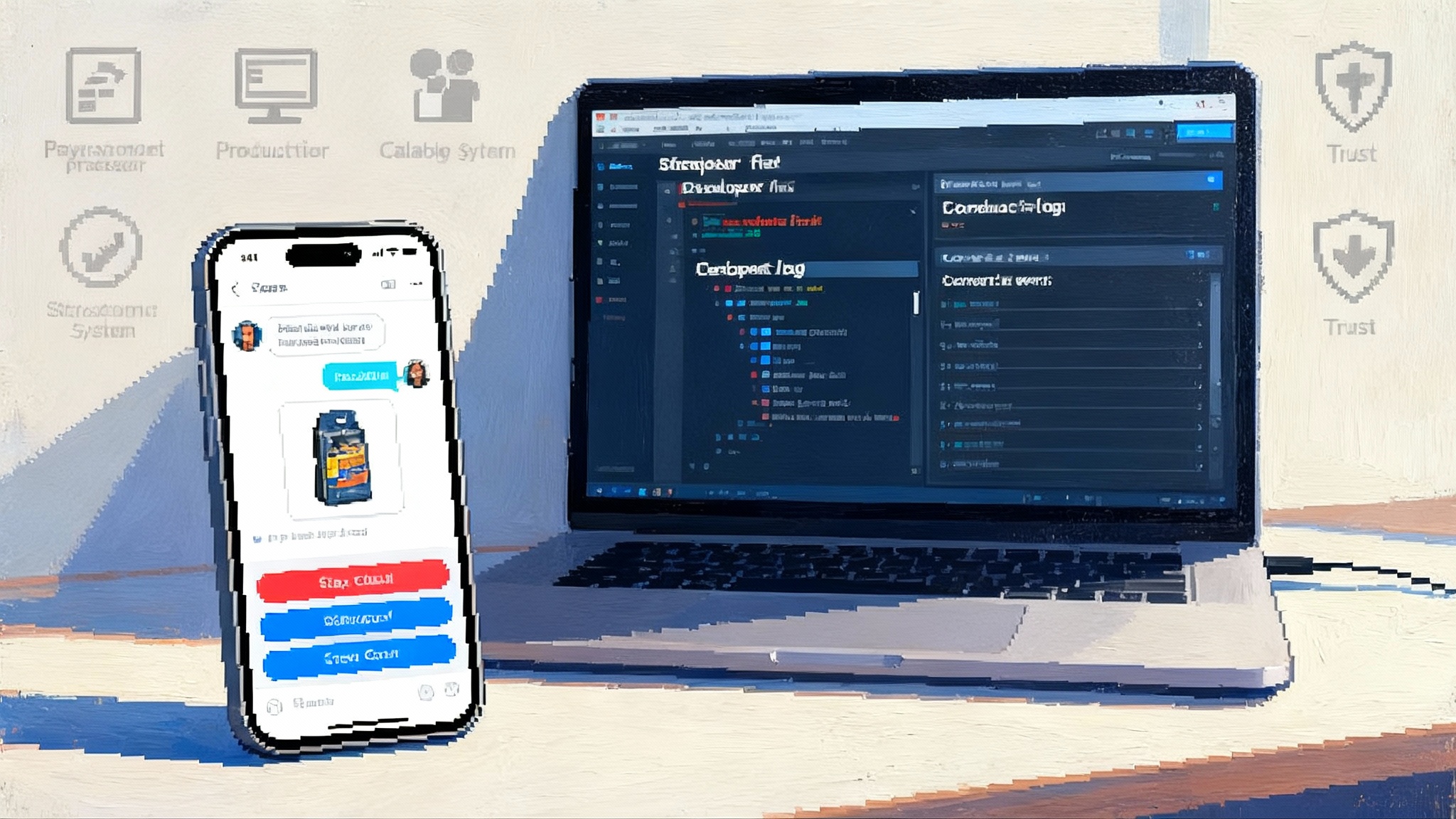Marey Goes Public: Clean Trained Video Enters Production
From July to October 2025, Moonvalley pushed its licensed-data video model from closed beta to public release and early studio pilots. The hook is simple and practical: predictable controls, clean training data, and footage you can ship.
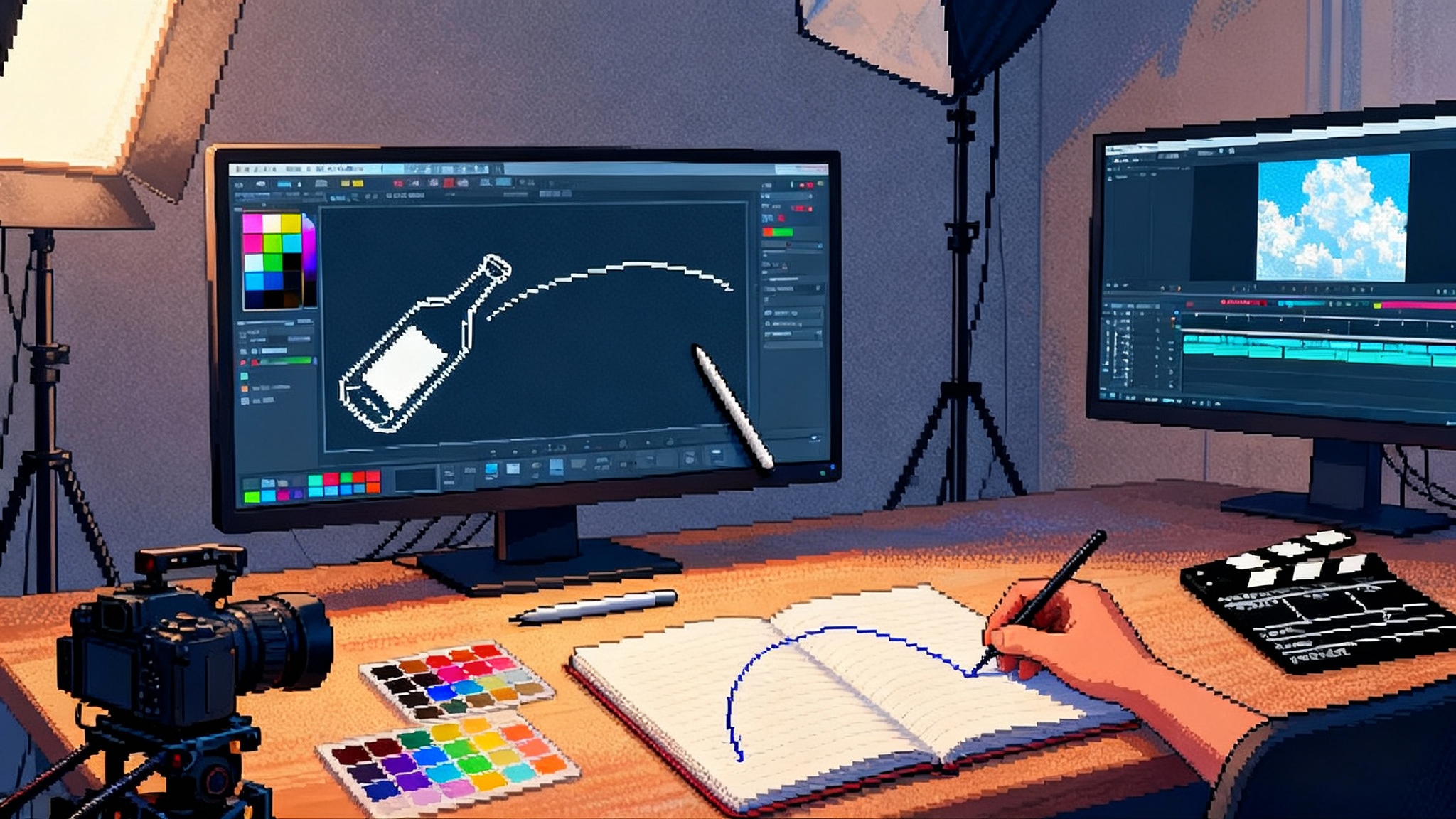
The moment Marey left the lab
On July 8, 2025, Los Angeles startup Moonvalley took its text to video model, Marey, public as a subscription tool. Pricing is credit based and the self serve tiers are aimed at working creators rather than researchers. Users can generate short clips that hold up in editorial and post. The company emphasized a single idea at launch and has repeated it since the March beta. Marey was trained on owned or licensed footage, and the public rollout, which is now publicly available as a subscription, kept that message front and center.
The release triggered a steady integration period through late summer. On August 14, Marey appeared on Fal.ai as an inference partner. Through September, Moonvalley added documentation and refined advanced controls. By October, the model was no longer just an impressive demo. It had become a set of knobs, dials, and rails that directors, editors, and producers could use for previsualization, pickup shots, motion tests, and background plates. The center of gravity moved from novelty to craft.
Why licensed training data became the headline
Two years of lawsuits, guild negotiations, and brand risk forced studios and agencies to get specific about provenance. You can be dazzled by quality, but you still need to know where the data came from and what protections surround it. Procurement and legal teams now ask three questions before any model enters a pipeline:
- What is the provenance of the training data, in plain language and under contract?
- What indemnities, if any, cover the acts of training and the outputs?
- What controls exist to constrain a scene so the creative stays intentional and repeatable?
Moonvalley’s answer to the first question is the core of the pitch. Marey is trained on licensed footage rather than scraped content. That does not remove all risk in every use case, but it does establish a cleaner chain of title for the model itself. If you are studio counsel or a showrunner, that chain is the difference between creative acceleration and legal discovery.
Large labs often take a different route. Some offer strong enterprise indemnities for training data and sometimes for outputs inside specific products. The tradeoff is that their video models can be less projectable into day to day production because they still lack tactile shot control. The legal paperwork may comfort an executive, but an editor still needs a repeatable dolly in or a matchable eyeline. Marey’s legal posture and its control surface matter together. One without the other creates friction in the bay.
From prompts to precision: the controls that matter on set
Most text to video models are like shouting directions from the bleachers and hoping the actor hears you. Marey moves you onto the floor with the camera team. It offers a cluster of tools that let you direct rather than merely request:
- Camera control: adjust focal length, introduce handheld wobble, push in or pull back, and keep the move consistent across attempts so editorial choices are not hostage to random seeds.
- Motion transfer: drive an object or character from a reference performance so blocking can be planned and repeated.
- Pose transfer: set the posture of a subject without rewriting the whole prompt.
- Multi keyframing and shot extension: create temporal punctuation, then add beats without breaking continuity.
- Trajectory control: sketch a motion path and watch the subject follow it with believable weight and timing. The feature is outlined in Moonvalley’s Trajectory Control documentation.
Picture a tabletop product shot. A bottle arcs into frame, rotates to catch a rim light, then settles on a mark while a macro push reveals condensation. With trajectory and camera control you can choreograph that arc and repeat it until the label hits. No prompt fishing. No lottery pulls for the one great take.
The practical rollout: July through October 2025
- July: Marey opens to the public in a credits based app. Teams run first projects through previs and concept tests. Budget owners notice that a day of location scouting or a round of reshoots can be replaced by targeted generations.
- August: Marey becomes available through an inference partner, which lowers the barrier for pipeline teams that want to test without building orchestration.
- September: Advanced controls and help center guides mature. Camera and motion tools get clearer hooks for people who live in Premiere Pro, Resolve, Unreal, and Nuke. Early enterprise pilots define templates for continuity and handoff to finishing.
- October: Real productions adopt Marey at the edges of sequences where control beats novelty. It appears in commercials for weather swaps and background continuity. It shows up in documentaries for insert shots. It helps episodic teams plan coverage and previsualization.
If your organization is already investing in agents and automation, the rollout playbook will feel familiar. The same pattern shows up when teams take agentic AI hits daily ops from demo to daily practice. You start at the edge, you codify guardrails, and you move inward as reliability climbs.
Indemnity expectations vs reality
There is a reason legal teams keep separate folders for model training, product terms, and usage guidelines. They cover different risks.
- Training data: Moonvalley markets Marey as trained on licensed footage. That is a model level claim that addresses many thorny provenance questions.
- Output ownership and warranties: Moonvalley’s terms, updated in early August 2025, read like most software terms. They place the burden of use on the customer and limit warranties. Blanket output indemnity is not a reasonable assumption for self serve plans.
- Enterprise agreements: Enterprise deals can change the calculus. If output indemnity matters, negotiate it. Some big labs already offer explicit indemnities for training and for certain outputs within limited enterprise products. If you are comparing stacks, put those clauses side by side and have counsel stress test real scenarios.
The upshot is simple. Clean training provenance addresses first order studio concerns. If you need output indemnity, plan to negotiate it or pair Marey with processes that reduce exposure, like content credentials, likeness releases, and audit logs.
How it stacks up in the field
- OpenAI Sora: impressive long shots and coherent physics. Training disclosures remain limited and access can change quickly. That combination makes it powerful but hard to standardize unless you are an early partner with the right terms.
- Google Veo: long durations and strong motion understanding, plus enterprise guardrails. Ideal when your organization already runs on that cloud and wants indemnity wrapped into broader agreements. Control surfaces are improving but still feel less tactile than Marey for shot by shot work.
- Runway Gen 4 and peers such as Luma and Pika: fast iteration and strong community features. Training transparency varies. Creative control is getting better, though it often leans on clever prompting rather than direct physical handles.
Marey’s advantage is not a single leaderboard metric. It is the combination of legal provenance and hands on control that editors and cinematographers can use without changing their instincts. If you have ever asked for a two point push at a specific pace, Marey maps to that mental model.
What early adopters are actually doing with it
- Previsualization that survives the cut: Directors block a scene in Marey, export the best take, and either replace it with photography or sweeten it into a final insert. The key is that control settings make the take repeatable after client notes.
- Background plates and weather swaps: When a shot needs a consistent drizzle or a cleaner skyline, Marey generates a plate that the compositor can match and blend. If rain speed changes between renders, the shot breaks. Control keeps the water believable and consistent.
- Concept references for brand and editorial: Agencies produce animatic level clips that help clients approve camera language and object motion early. This shortens feedback rounds and reduces the chance of a late reshoot.
- Pickup shots: When a product needs one more beauty move and the stage is gone, Marey fills the gap with a controllable, matchable moment.
If this sounds like an agent pattern, it is. Teams that learned to compress the agent stack are using the same playbook. Start small, wire tight controls, and write down the variables that matter to finishing.
Why this stack can become default in the next 12 months
- Procurement reality: Studios and agencies now demand data provenance statements, human likeness protections, and audit trails. A model trained on licensed footage with controls that make cuts repeatable is a straightforward approval path.
- Creative reliability: Editors and cinematographers value models that behave like gear. Handles for trajectory, framing, and tempo turn Marey into a tool rather than a slot machine. When the cut is under pressure, predictability beats occasional magic.
- Cost and time: A shot that once required a half day, a small crew, and a location can be replaced or augmented by a directed generation. The savings are not theoretical. They appear on the schedule and in the burn report.
- Ecosystem momentum: Inference partnerships and workflow guides make it easier for technical directors to plug Marey into existing stacks. The barrier to a pilot is now a day rather than a sprint.
- Regulatory direction: Disclosure and provenance are moving from advocacy points to practical requirements. A legally tidy model is easier to defend to clients, boards, and regulators.
A 90 day playbook for production leaders
A clean pilot beats a sprawling proof of concept. Use this plan to go from curiosity to capability in one quarter.
Days 1 to 15: pick scenes and define success
- Select two test sequences. Choose one tabletop product move and one exterior establishing shot. Keep them representative of your core work.
- Write a short creative brief with target move, speed, and length. Include a reference clip if you have one.
- Decide on success metrics. For tabletop, use label legibility, product highlights, and matchback in edit. For exterior, use sky continuity, parallax realism, and grade tolerance.
Days 16 to 30: set guardrails and legal hygiene
- Draft a data and likeness brief. Spell out prompts that are off limits, when to obtain releases, and how to store prompts and seeds for audit.
- Map model terms to your use case. If output indemnity is non negotiable, mark it now and price it. If not, ensure content credentials and logs are part of the workflow.
- Align naming conventions for shots and versions. Include seed, control settings, and intended editorial use in the shot name.
Days 31 to 60: build the technical path
- Create a small bedrock of settings that match your house style. Lock focal ranges, motion profiles, and exposure targets that match your lens kit.
- Build round trip tests from Marey into your NLE and VFX stack. Premiere or Resolve for edit, Nuke for comps, Unreal for virtual plates. Validate that metadata survives handoff.
- Use trajectory and pose tools to recreate your tabletop move. Iterate until two editors can reproduce the shot independently inside a one hour window.
Days 61 to 90: run the pilot and audit results
- Execute both sequences with and without Marey. Track time, cost, rounds of review, and quality scores from two independent editors and one producer.
- Archive all inputs and outputs. Keep prompts, seeds, and settings in a shared folder. Add content credentials to your finishing pass.
- Summarize outcomes for the greenlight meeting. If the results beat your baseline, plan a two week expansion into background plates and pickup shots on a live project.
Practical tips for better control
- Lock the camera language: Decide on dolly or handheld, focal range, and speed map before your first generation. Consistent language prevents endless style drift.
- Treat seeds like lenses: Store them next to your shot names. A known seed with a known trajectory profile becomes a virtual lens you can hand to another editor.
- Use motion transfer for blocking: Record a quick reference performance on a phone. Map it to your subject so timing and beats are locked from the start.
- Extend with intention: When you add frames with shot extension, write down the exact keyframe points. That keeps your cadence intact.
How Marey fits broader agent workflows
Video is rarely an island. Creative teams are already adopting code and content agents that help plan tasks and wire integrations. The same mindset applies here. If your organization is already experimenting with Replit Agent 3 goes autonomous, the lesson will carry over. Clear handoffs, explicit variables, and a bias for small, repeatable wins will get you further than an ambitious end to end bet.
What to watch between now and year end
- The race for control: Expect more granular camera and motion tools from every vendor. On timeline keyframing and physical constraints are likely to improve.
- The contract gap: Vendors will compete on indemnity and training disclosures. If one major player pairs tactile controls with clear output indemnity in a production grade product, the baseline will reset.
- Pipeline kits: The next wave of guides and plugins will make it easier to thread generative shots through color, edit, and finishing without breaking continuity or provenance.
The bottom line
Marey’s move from invite only in March to a public, controllable tool by October is a clear signal that text to video is leaving the demo reel. Moonvalley’s bet is straightforward. If you train on licensed footage and give filmmakers camera grade controls, the tool will stand up in real production. The legal paperwork and the creative handles reinforce each other. In a year full of viral clips that nobody could actually cut into a scene, that combination is the quiet breakthrough that matters.
